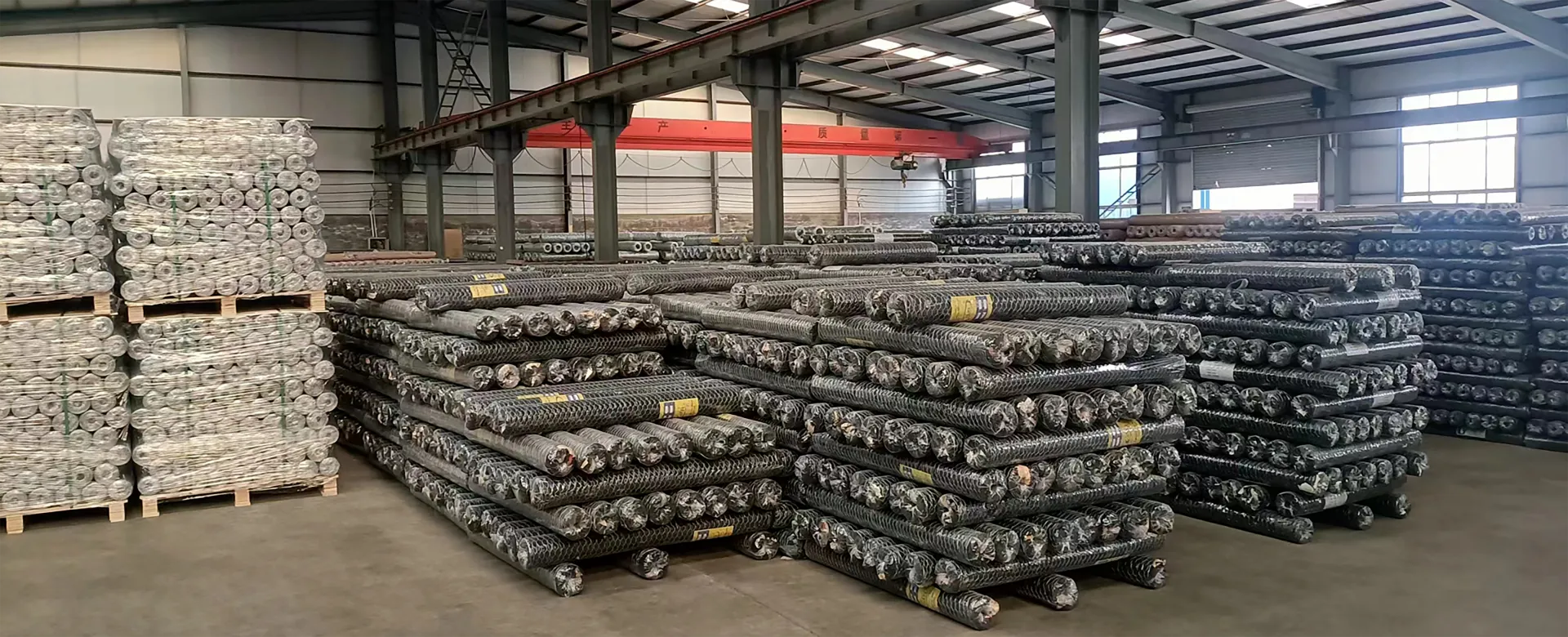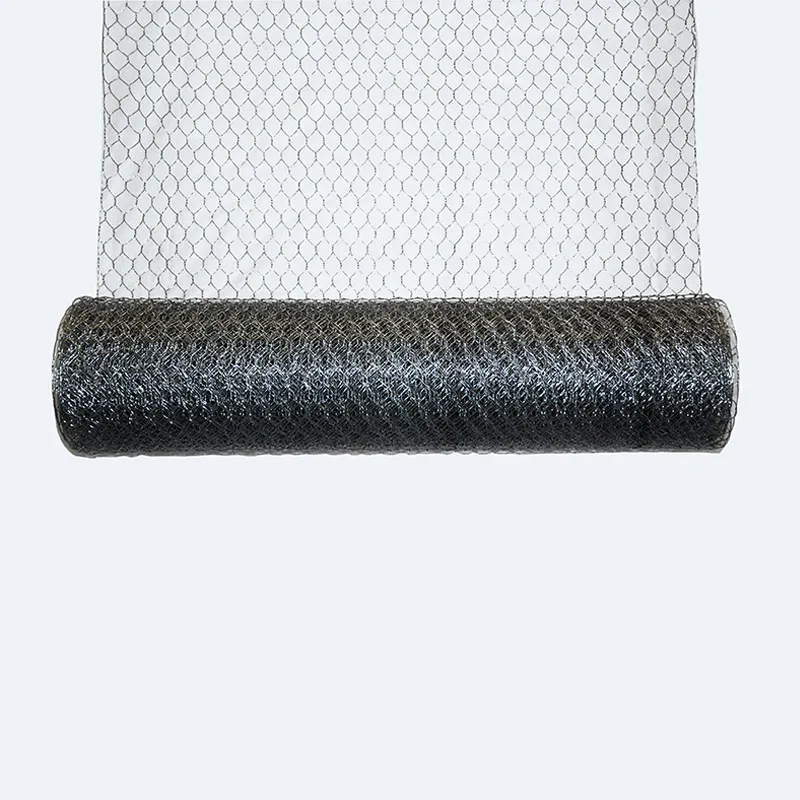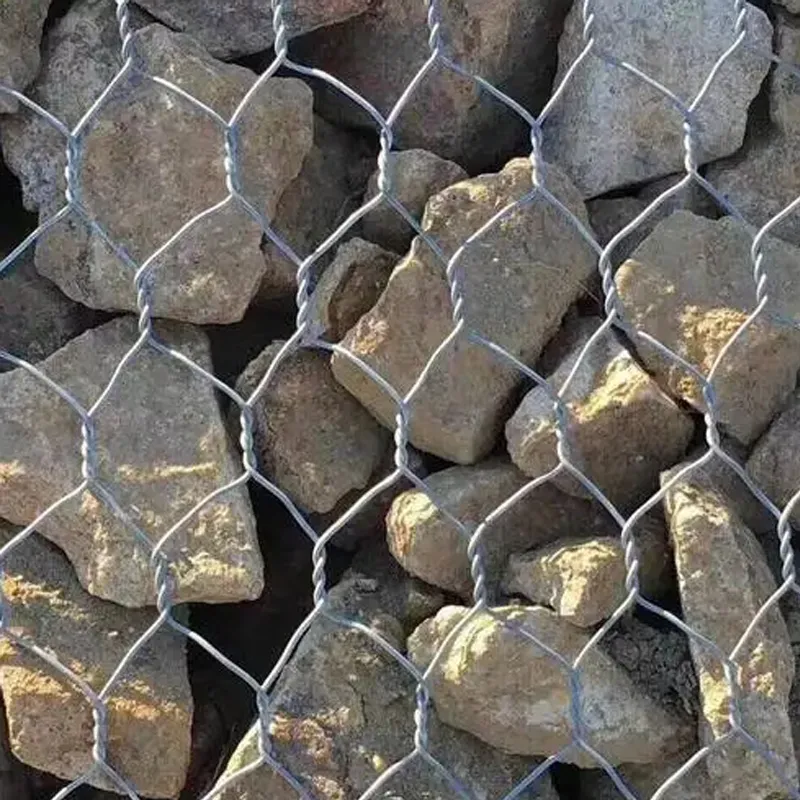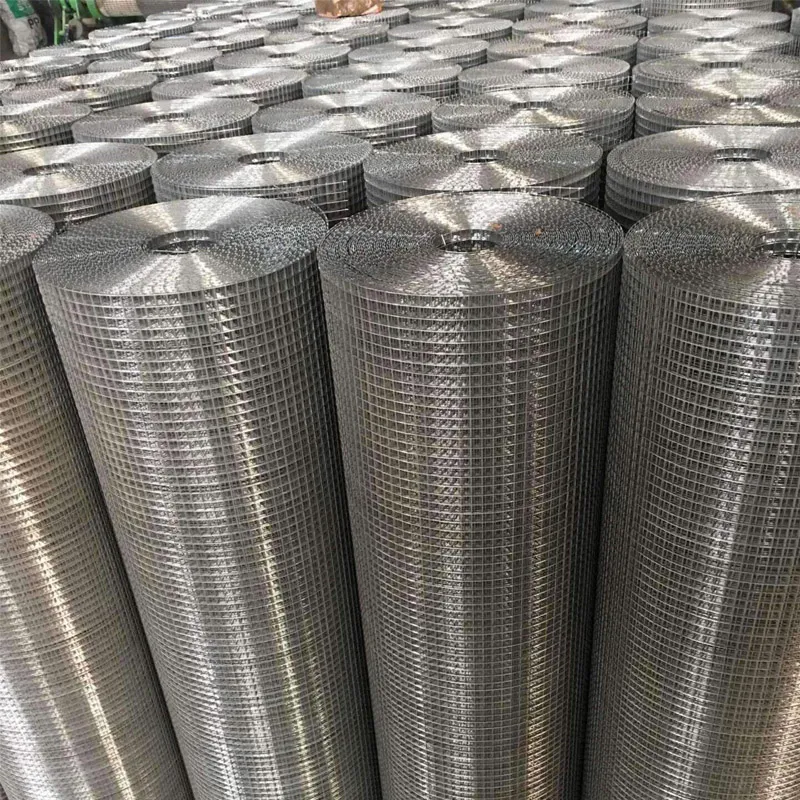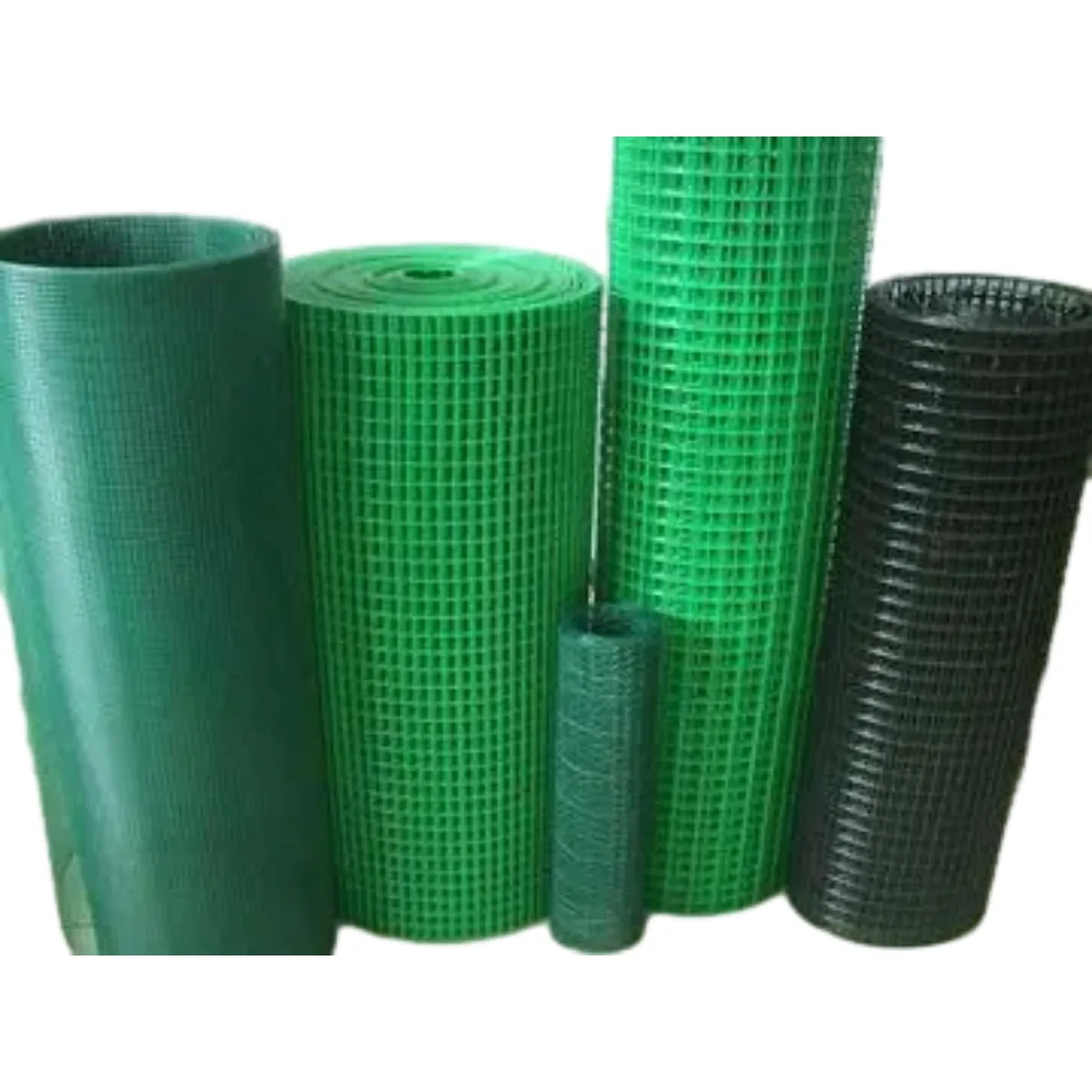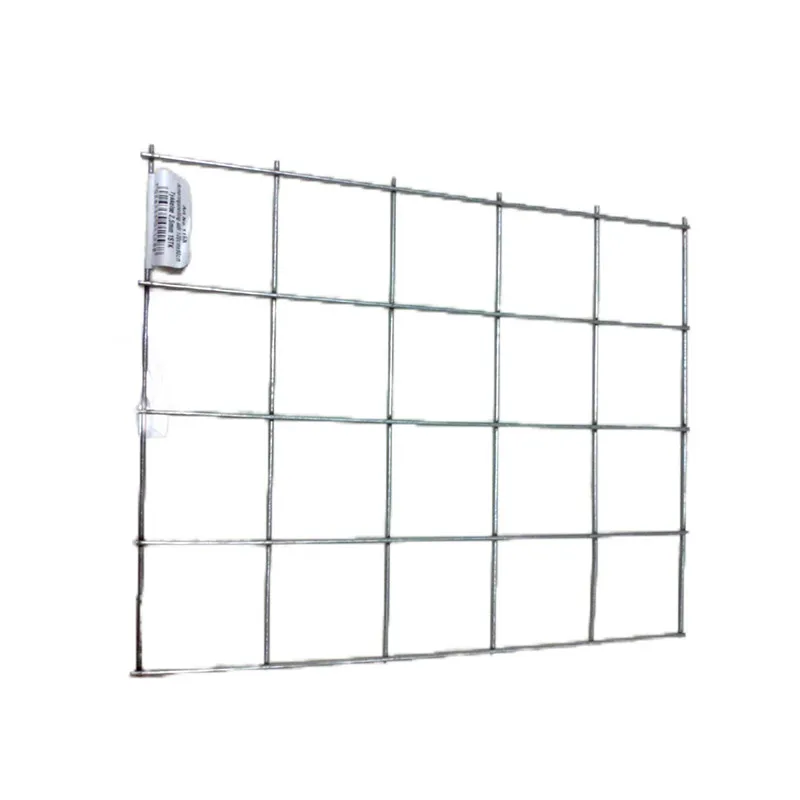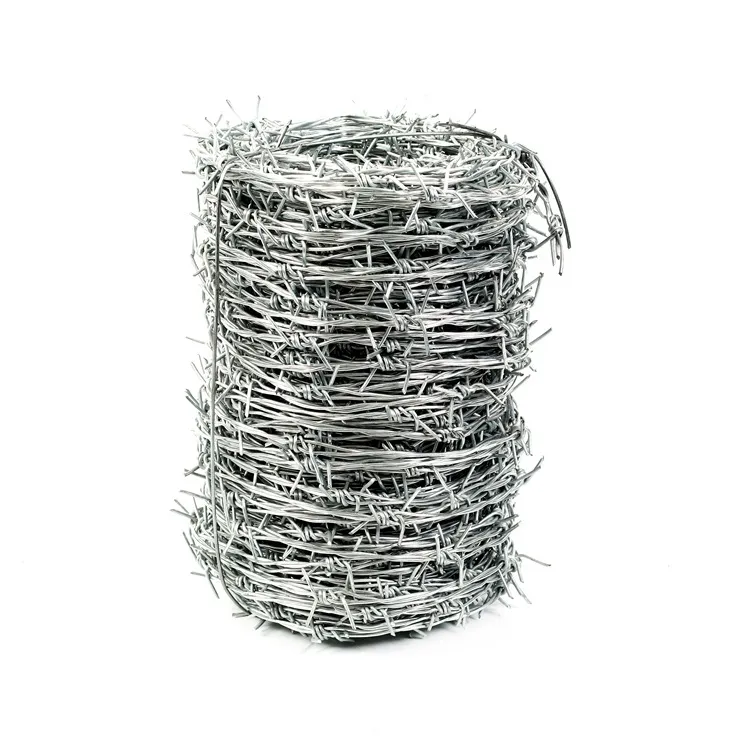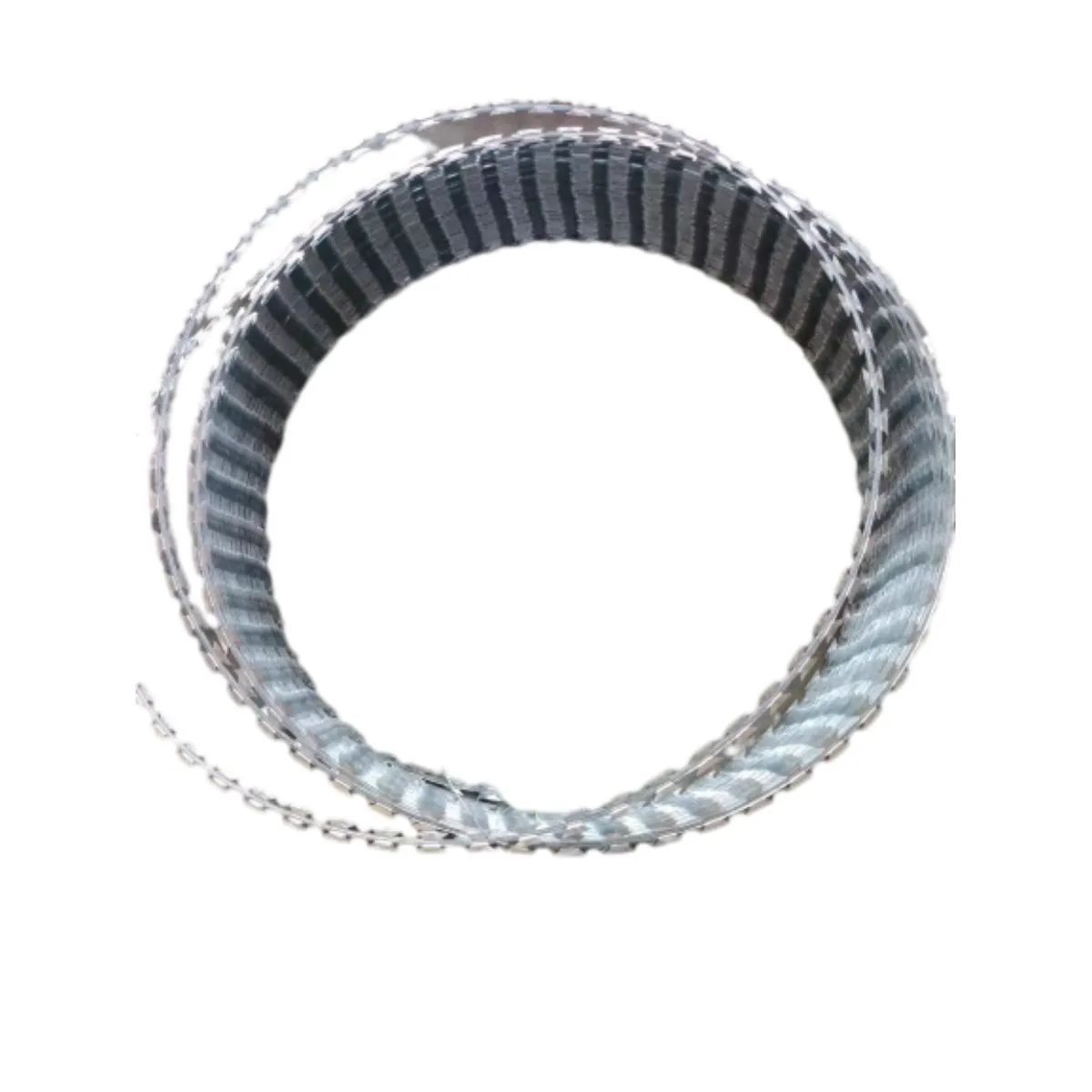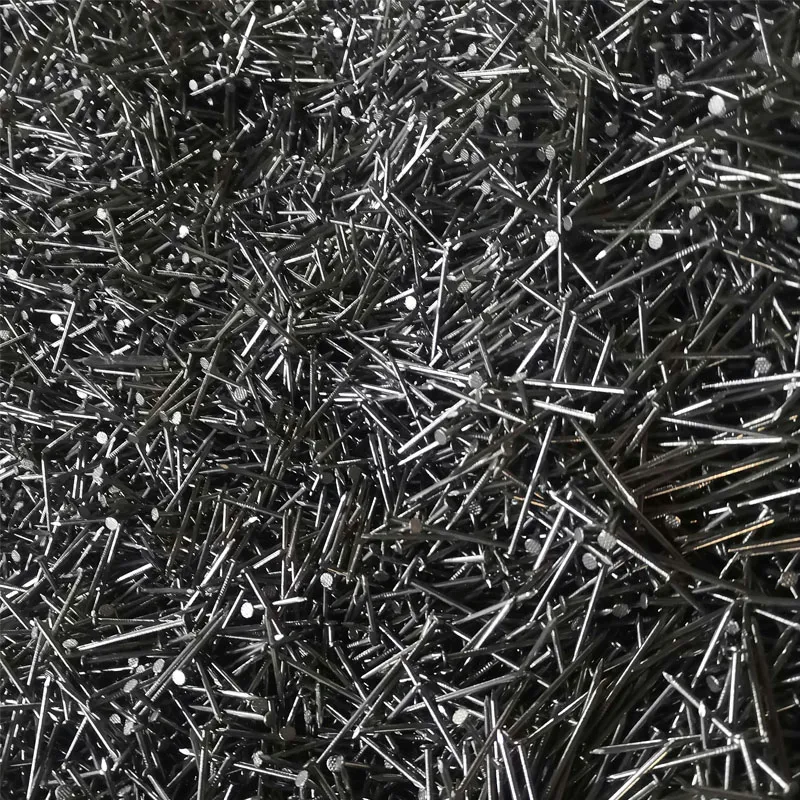Nov . 19, 2024 12:13 Back to list
Hexagonal Wire Mesh Netting for Enhanced Strength and Versatility in Applications
Understanding Hexagonal Wire Netting Structure, Applications, and Benefits
Hexagonal wire netting, often referred to as chicken wire or hex mesh, is a versatile and durable material used in various applications across industries. Comprising thin, twisted wires arranged in a hexagonal pattern, this type of netting has gained significant popularity due to its blend of functionality, flexibility, and affordability.
Structure and Design
The design of hexagonal wire netting consists of interconnected hexagons created through the twisting of wires. Typically made from galvanized steel, stainless steel, or plastic-coated wire, the material is resistant to corrosion, ensuring longevity even in harsh environmental conditions. The hexagonal shape provides superior strength and flexibility compared to square or rectangular designs, allowing it to withstand tension and pressure without easily breaking or deforming. The openings within the mesh vary in size, making it suitable for different applications, whether as a barrier, support structure, or protective measure.
Applications of Hexagonal Wire Netting
Hexagonal wire netting is used extensively in various sectors. One of its most common applications is in agriculture, where it serves as fencing to protect crops and livestock from predators and harsh weather conditions. The netting can also be used to support climbing plants in gardening, offering both protection and structural support as plants grow.
hexagonal wire netting

In construction and landscaping, hexagonal wire netting plays a crucial role as a stabilization material for slopes and embankments. Its adaptability allows it to be used in drainage systems, erosion control, and creating reinforcement for soil. Additionally, the netting can be employed in the architectural sector, serving as a framework for building facades or outdoor structures.
In the home improvement domain, hexagonal wire netting is favored for crafting projects, such as creating decorative panels, DIY garden fencing, and even animal enclosures for pets like rabbits or chickens. The ease with which it can be cut, shaped, and installed makes it a popular choice for both amateur and professional crafters.
Benefits of Hexagonal Wire Netting
The advantages of hexagonal wire netting go beyond its functional applications. First and foremost, its cost-effectiveness makes it an attractive option for individuals and businesses looking for budget-friendly solutions. The durability of the material ensures that it can withstand the test of time, reducing the need for frequent replacements.
Moreover, hexagonal wire netting is lightweight, making it easy to handle and transport. Its flexibility allows it to conform to different shapes and surfaces, making it a versatile choice for various projects. The visibility of the mesh does not obstruct light, allowing for both practical applications like animal enclosures that require sunlight and decorative uses that enhance aesthetic appeal without overwhelming the surrounding landscape.
In summary, hexagonal wire netting is a multifaceted material that offers stability, flexibility, and cost savings across numerous applications. Its robust construction and ease of use make it an invaluable asset in agriculture, construction, and home improvement projects, fulfilling both functional and decorative roles. As innovation continues in material science, the future of hexagonal wire netting remains bright, with potential enhancements that may further bolster its popularity and efficiency in diverse applications.
-
The Role of Field Wire Fence in Grassland Conservation
NewsJul.15,2025
-
Stainless Steel Razor Wire Durability in Coastal Environments
NewsJul.15,2025
-
Enhancing Home Security with Mesh Fences
NewsJul.15,2025
-
Diamond Mesh Wire for Small Animal Enclosures
NewsJul.15,2025
-
Common Wire Nail Tensile Strength Testing for Woodworking
NewsJul.15,2025
-
Barbed Wire Corrosion Resistance Galvanization Techniques
NewsJul.15,2025

